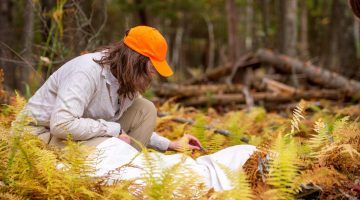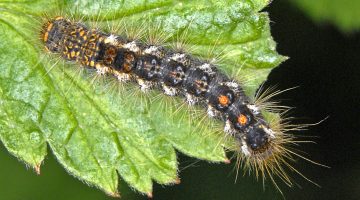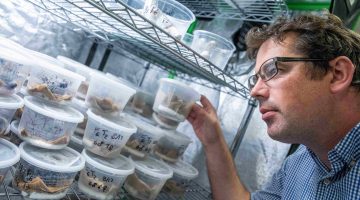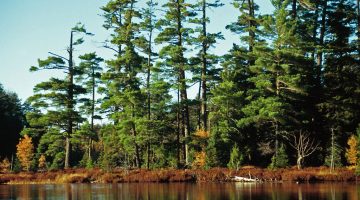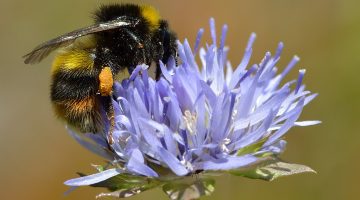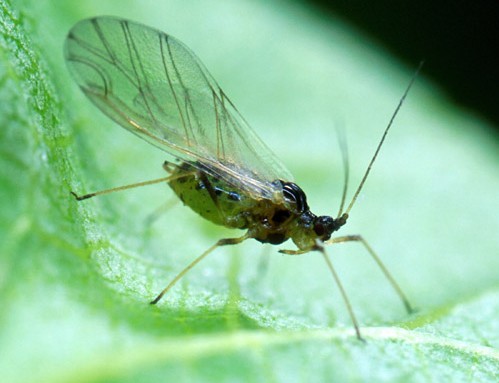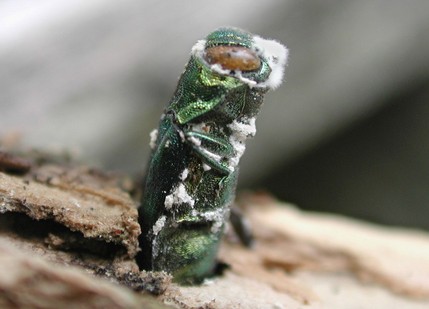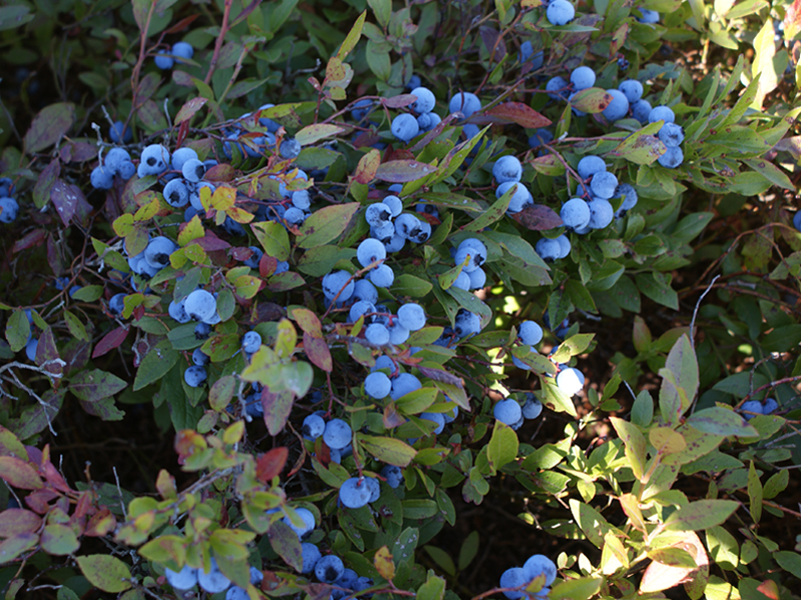UMaine seeks to thwart ticks by helping landowners weed out invasive forest plants
Ask anyone who frequents the forests of New England and they will likely speak of unwelcome companions — ticks. Blacklegged ticks are expanding their range and rising in numbers, infecting people with pathogens that cause conditions like Lyme disease and babesiosis. Climate change is frequently blamed, but researchers have noticed another man-made problem may be […]
Read more
